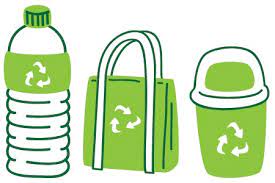Bioplastics from cocoa waste, an alternative to mitigate plastic pollution
Bioplásticos a partir de residuos del cacao, una alternativa para mitigar la contaminación por plástico
Show authors biography
The plastic is a material derived from petroleum, it emerged in the 50s, its production grew due to its versatility in products and low cost, the impact was so great that in the 80s it exceeded the consumption of other materials, after they continue to end in landfills and could be incinerated or recycled, however due to the action of the wind or rain, these plastic waste reached the sea, the high concentrations affected marine life and generated floating plastic islands with surfaces greater than 1,000,000 km2, land sources are the cause of the 80% of this problem, to mitigate it, artisanal and technical practices have been undertaken that generated bioplastic products (polymers of degradable natural origin) and reduced the emission of CO2 between 0.8 and 3.2 tons, agricultural residues from post-harvest have been used as raw material of cocoa to analyze the possibility of producing bioplastics through its use, it was determined that the face of the cob (70-75% of the fruit) is the main residue followed by husk or endocarp, both are sources of filler or extraction of fibers, cellulose, pectin and lignin, these range between 14.7% to 35 , 4% in the value added to the design of biodegradable products with application in container-type packaging or films that contain starch and glycerin as plasticizers. Through inductive, deductive and descriptive research methods, it is concluded that in Ecuador it is possible to produce bioplastic containers with cocoa residues due to the abundance of plantations (601,954 hectares in 2019).
Article visits 6041 | PDF visits




